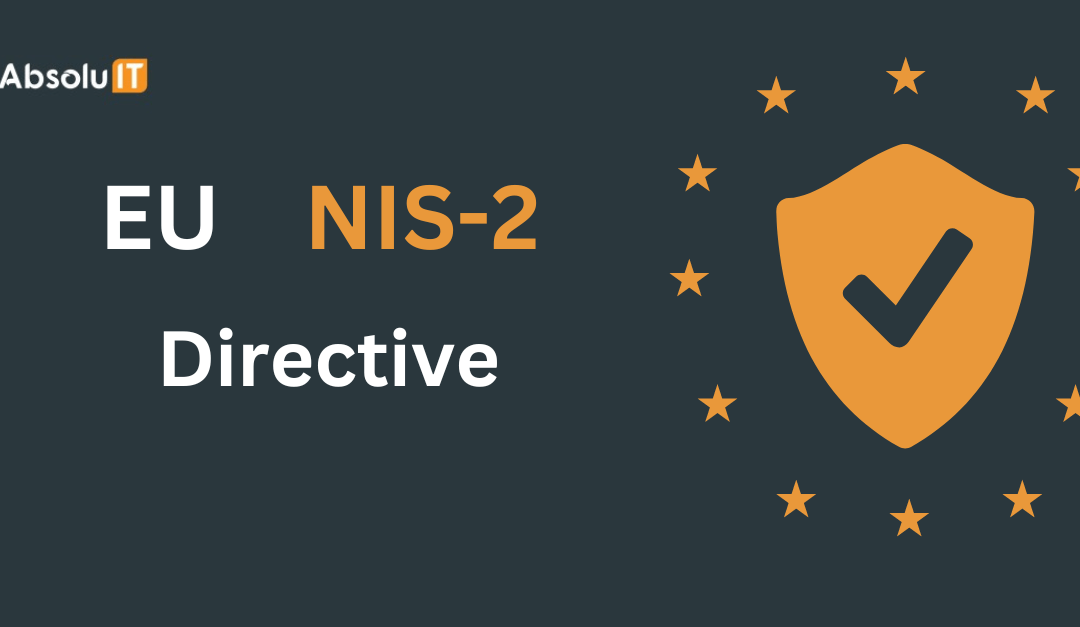Introduction
The NIS2 compliance vulnerability management framework is designed to enhance the security and resilience of critical infrastructures across Europe. As cyber threats become increasingly sophisticated, organizations must adopt comprehensive cybersecurity measures that align with NIS2 directives. This article delves into the essentials of NIS2 compliance, focusing on vulnerability management, and offers insights into effective practices and strategies.
What is NIS2 Compliance?
NIS2 compliance refers to the adherence to the European Union’s Directive on Security of Network and Information Systems (NIS2), which aims to strengthen cybersecurity across member states. This directive builds on its predecessor, the original NIS Directive, expanding the scope and introducing more stringent security requirements.
Why is NIS2 Important?
The NIS2 directive is crucial for several reasons:
- Increased Cyber Threats: The rise in cyberattacks targeting critical infrastructure necessitates robust cybersecurity measures.
- Harmonization Across Europe: NIS2 fosters a unified approach to cybersecurity, reducing disparities between member states.
- Protection of Essential Services: By enforcing compliance, NIS2 helps protect vital services such as energy, transport, health, and finance.
Understanding NIS2 Compliance
NIS2 Essential Entities
NIS2 identifies specific sectors and services classified as nis2 essential entities, which must comply with the directive. These include:
- Energy providers
- Transport services
- Healthcare institutions
- Digital services providers
Organizations in these sectors must implement security measures to protect their operations and data.
NIS2 Security Requirements
To achieve nis 2 compliance, organizations must meet various security requirements. Key elements include:
- Risk Assessment: Conduct regular assessments to identify and mitigate cybersecurity risks.
- Incident Response: Develop and implement an incident response plan to address security breaches effectively.
- Supply Chain Security: Ensure that third-party vendors comply with NIS2 standards to safeguard the supply chain.
NIS2 Compliance Checklist
A nis 2 compliance checklist can guide organizations in meeting NIS2 requirements. Key items include:
- Conducting a thorough risk assessment
- Implementing appropriate security measures
- Establishing an incident response plan
- Regularly training employees on cybersecurity awareness
NIS2 Cybersecurity Framework
NIS2 Cybersecurity Strategies
Implementing effective nis 2 cybersecurity strategies is essential for achieving compliance. Key strategies include:
- Regular Vulnerability Assessments: Conduct regular assessments to identify vulnerabilities in systems and applications.
- Patch Management: Implement a patch management process to ensure that software is up-to-date and secure.
- Security Awareness Training: Provide ongoing training for employees to enhance their awareness of cybersecurity risks.
NIS2 Vulnerability Management
NIS 2 vulnerability management involves a proactive approach to identifying, assessing, and mitigating vulnerabilities. Key practices include:
- Continuous Monitoring: Utilize monitoring tools to identify vulnerabilities in real time.
- Prioritization: Classify vulnerabilities based on severity and potential impact.
- Remediation: Develop a remediation plan to address identified vulnerabilities promptly.
NIS2 Vulnerability Disclosure
Organizations must establish a nis 2 vulnerability disclosure policy, outlining the process for reporting vulnerabilities. This includes:
- Encouraging responsible reporting from researchers and users
- Defining timelines for acknowledging and addressing reported vulnerabilities
- Ensuring transparent communication with stakeholders
NIS2 Certification
What is NIS2 Certification?
NIS2 certification signifies that an organization meets the security standards set forth by the NIS2 directive. This certification can enhance an organization’s reputation and build trust with clients and partners.
Steps to Achieve NIS2 Certification
- Conduct a Gap Analysis: Identify areas where current practices do not meet NIS2 requirements.
- Implement Necessary Changes: Develop and implement policies and procedures to align with NIS2 standards.
- Engage an External Auditor: Work with a qualified auditor to assess compliance and obtain certification.
NIS2 Compliance and Vulnerability Management
Integrating Vulnerability Management into NIS2 Compliance
To achieve NIS2 compliance vulnerability management, organizations should integrate vulnerability management into their overall cybersecurity strategy. This includes:
- Collaborative Approach: Involve stakeholders from various departments in vulnerability management efforts.
- Regular Reporting: Establish reporting mechanisms to track vulnerability management progress and compliance status.
The Role of Technology in NIS2 Compliance
Adopting technology solutions can enhance vulnerability management efforts and support NIS2 compliance. Key technologies include:
- Security Information and Event Management (SIEM): Tools that provide real-time monitoring and analysis of security events.
- Automated Vulnerability Scanners: Tools that regularly scan systems for known vulnerabilities.
NIS2 Summary and Key Guidance
NIS2 Overview
In summary, NIS2 compliance vulnerability management is essential for organizations operating within the EU’s critical sectors. By adopting a proactive approach to cybersecurity and vulnerability management, organizations can protect themselves against evolving threats.
NIS2 Quick Reference Guide
- NIS2 Compliance: Adhering to the NIS2 directive’s requirements.
- Vulnerability Management: Identifying, assessing, and mitigating vulnerabilities.
- Certification: Achieving recognition for meeting NIS2 standards.
NIS2 Guidance and Resources
Organizations can benefit from various resources to aid in NIS2 compliance, including:
- Government publications on NIS2
- Industry best practice guides
- Professional training and certification programs
Conclusion
Achieving NIS2 compliance requires a comprehensive understanding of cybersecurity and vulnerability management. By implementing robust strategies and adhering to the NIS2 directive, organizations can enhance their security posture and protect essential services. Regular assessments, employee training, and effective incident response plans are crucial components of a successful NIS2 compliance strategy.
